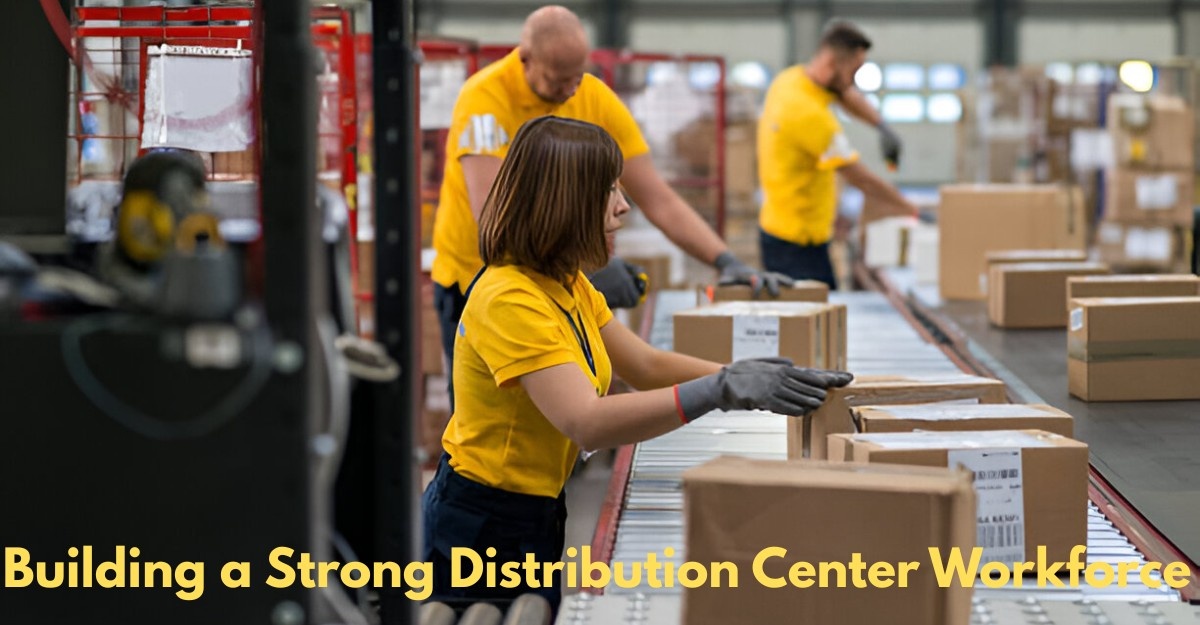Top 5 Difficulties Faced by General Contractors in New York and How Technology Helps Solve Them

Strong 8k brings an ultra-HD IPTV experience to your living room and your pocket.
New York’s construction industry is fast-paced, high-stakes, and filled with complexities. For general contractors working across the city’s five boroughs, every project — from mid-rise buildings to urban renovations — presents unique challenges.
Beyond brick and mortar, managing construction in NYC is about compliance, logistics, cost control, and coordination. And today, software and digital tools are becoming essential to overcome those obstacles.
In this article, we break down the top five difficulties general contractors face in New York and how adopting the right technology — from project tracking to documentation automation — can make a significant impact.
1. Permit Complexity and Regulatory Compliance
The Challenge
In New York, a single project might require permits and inspections from:
- The NYC Department of Buildings (DOB)
- Environmental and zoning departments
- Fire and health authorities
- Landmark preservation commissions (for older structures)
Regulatory missteps are among the top causes of construction delays and shutdowns in the city. Changes in local building codes or a missing document can halt a project for weeks.
Where SaaS Helps
Modern SaaS platforms built for construction — like permit tracking tools or compliance documentation apps — help contractors:
- Keep all permit statuses in one place
- Automate reminders for renewals or inspections
- Ensure proper sign-offs before phase progression
Integration with city databases or APIs (where available) can further reduce the paperwork burden.
2. Labor Management and Skilled Workforce Shortages
The Challenge
General contractors in New York often juggle high union wages, labor shortages, and tight deadlines. Skilled trades like licensed electricians or HVAC specialists can be hard to find — especially on short notice.
Mismanagement leads to delays, overtime costs, and burnout on job sites.
Where SaaS Helps
Workforce management platforms now allow GCs to:
- Track availability and certifications of workers
- Schedule labor more efficiently
- Generate timesheets and calculate accurate payroll
Some construction-focused CRMs or labor SaaS tools even include real-time updates from the field, ensuring teams are always aligned.
3. Tight Urban Job Sites and Delivery Logistics
The Challenge
New York’s dense urban layout means limited access, no storage space, and strict rules on sidewalk or street use. General contractors must work within:
- Narrow delivery windows
- Crane and hoist restrictions
- Staging constraints for materials and equipment
Missed deliveries or miscommunication often result in fines or lost workdays.
Where SaaS Helps
Logistics coordination tools and construction scheduling software can:
- Manage material deliveries with GPS or route integration
- Coordinate multiple subcontractors and vendors from a shared platform
- Automatically generate reports and notify teams of changes
Some solutions offer mobile apps for on-site supervisors to view live delivery schedules or reschedule without paperwork.
4. Budget Control and Price Fluctuations
The Challenge
Material costs for steel, concrete, and lumber can fluctuate dramatically — and New York’s high labor costs add more pressure. Without robust tracking, a small pricing shift can throw off entire budgets.
Additionally, project owners often have unrealistic expectations about costs in NYC’s competitive market.
Where SaaS Helps
Construction estimation tools and budget tracking platforms provide:
- Real-time cost forecasting
- Change order management
- Integration with supplier pricing feeds or bid software
GCs can run what-if scenarios, adjust forecasts, and share live dashboards with clients to set clearer expectations and reduce friction.
5. Multi-Stakeholder Communication and Coordination
The Challenge
Typical New York projects involve a network of:
- Architects
- Engineers
- Expeditors
- Consultants
- City departments
- Clients and investors
- When coordination breaks down, everything slows. Emails and PDFs alone aren’t enough to keep everyone on the same page.
Where SaaS Helps
Modern collaboration software for construction teams helps centralize:
- Blueprints and documentation
- Project timelines and updates
- Daily logs and site photos
Tools like Procore, Buildertrend, and similar platforms allow contractors to streamline communication, minimize errors, and keep accountability visible to all stakeholders.
How to Overcome These Difficulties
While general contractors in New York face unique challenges—from strict building regulations to labor shortages and tight project timelines—technology provides practical solutions that can streamline operations and minimize risks. Here's how to overcome these difficulties using modern tools and smart strategies:
Use Construction Management Software:
Platforms like Procore, Buildertrend, or CoConstruct centralize project data, improve communication, and automate scheduling. This helps reduce miscommunication and keeps all stakeholders aligned in real time.
Leverage Digital Permitting & Compliance Tools:
Navigating New York’s complex building codes can be overwhelming. Digital permit-tracking systems and compliance platforms help contractors stay up to date with regulations, reducing costly delays and violations.
Adopt Real-Time Collaboration Apps:
Tools like Slack, Microsoft Teams, or construction-specific apps ensure your teams—whether on-site or remote—can instantly share updates, documents, and changes. This minimizes delays caused by miscommunication or unexpected issues.
Invest in Labor Management Platforms:
With labor shortages being a major concern, platforms like Workyard or LaborChart help manage crew availability, track hours, and forecast labor needs efficiently.
Implement AI-Powered Estimating & Bidding Tools:
Bidding inaccuracies can lead to profit loss. AI-driven platforms like Togal.AI or SmartBid use past project data and real-time inputs to generate accurate estimates, helping contractors win more profitable jobs.
By integrating these technologies into their workflow, general contractors not only address ongoing challenges but also set themselves up for long-term growth and competitive advantage in New York’s fast-paced construction environment.
General contractors in New York face intense regulatory, logistical, and financial challenges — unlike anywhere else in the U.S. But these challenges also create opportunities for innovation.
By integrating modern SaaS platforms into their workflows, contractors can streamline project management, reduce errors, improve collaboration, and make smarter, data-driven decisions.
Whether you’re overseeing a high-rise in Manhattan or a school renovation in Brooklyn, technology is no longer optional — it’s a competitive advantage.
Note: IndiBlogHub features both user-submitted and editorial content. We do not verify third-party contributions. Read our Disclaimer and Privacy Policyfor details.







